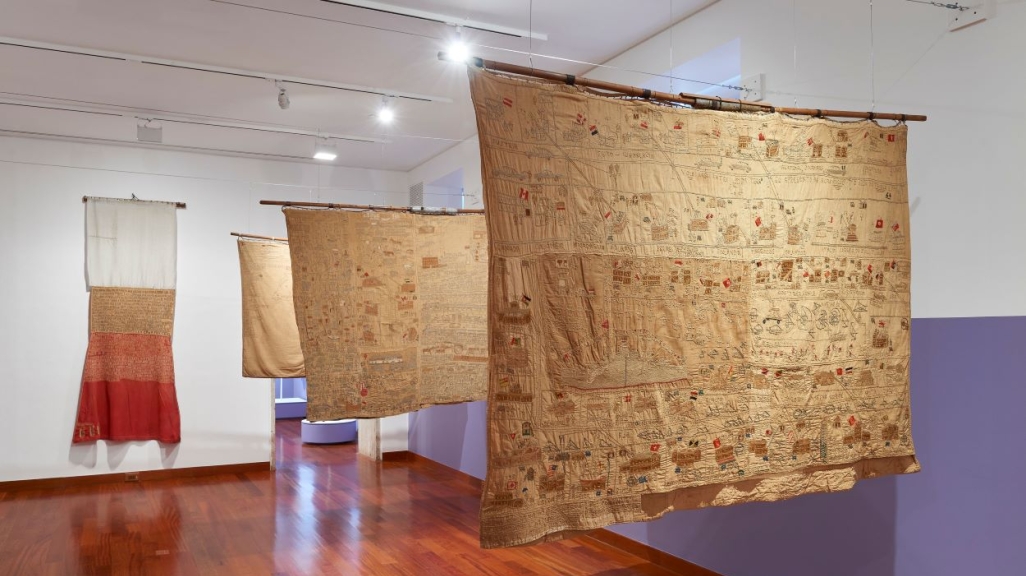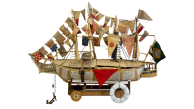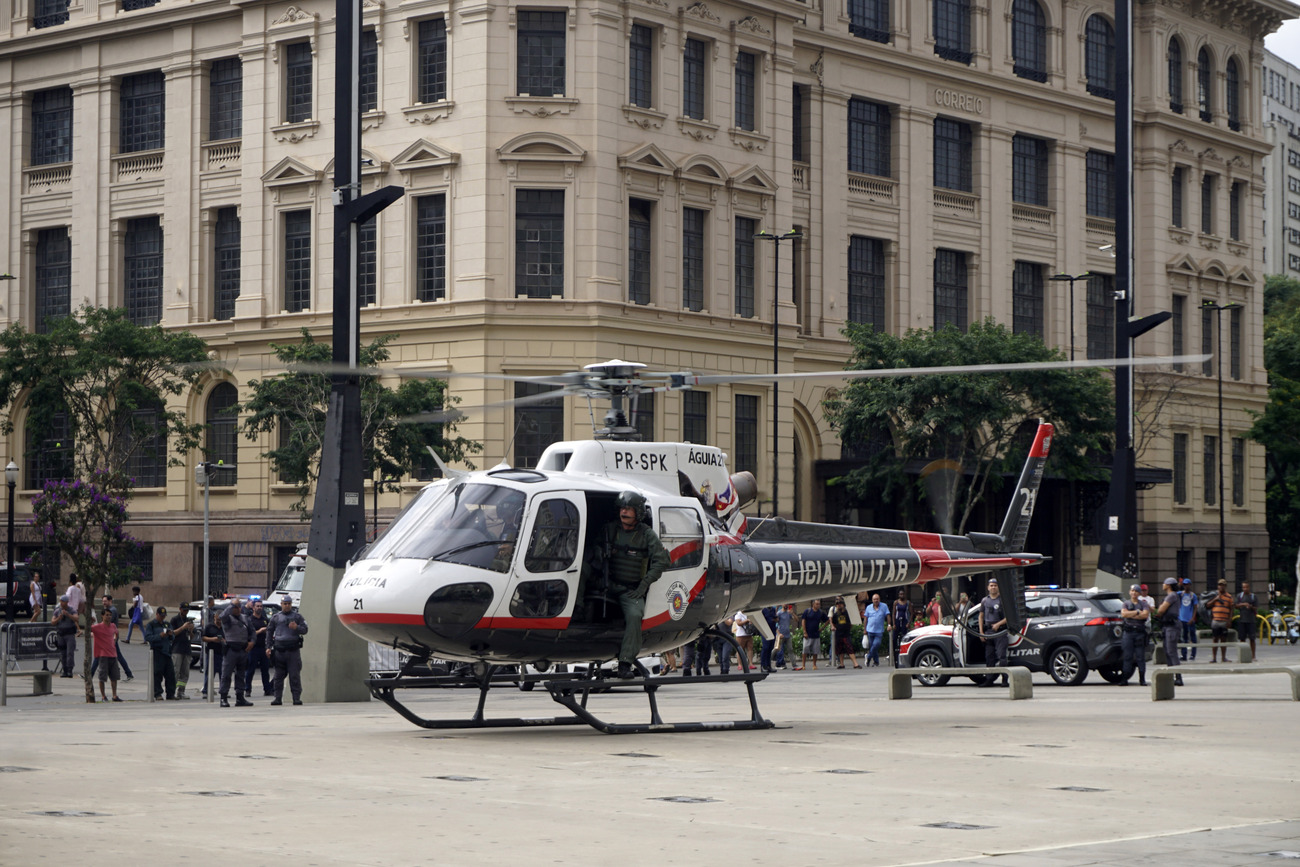4Columns Describes AS Show as ''Carefully Framed Exhibition''
4Columns Describes AS Show as ''Carefully Framed Exhibition''
The website of arts criticism reviewed Bispo do Rosario: All Existing Materials on Earth, the first U.S. retrospective of the Brazilian artist
The drive to create can be an exquisite and exhausting burden. In the short documentary video included in the Americas Society exhibition of Afro-Brazilian Arthur Bispo do Rosario (known as Bispo, 1909–89)—the first US solo show dedicated to his five decades of impassioned handiwork—he describes the throbbing spiritual compulsion that gave rise to his astonishing embroideries, inventories of accumulated objects, and crafted replicas. The voice that speaks through him “tangles me up,” Bispo says, as he confesses that his divine vision is more of a torment and demand than a gift. That relentless obligation, which propelled his activities and thoughts both day and night, led to the production of complex textile estandartes (banners wielded at religious festivals and carnival parades) and altar-like assemblages that he did not categorize as art but that, since his death, have had a vibrant, influential afterlife in museums, biennales, and exhibition spaces.
As a young man, Bispo trained in the Brazilian navy as a semaphorist, received minor renown as a professional boxer, and worked as a domestic servant for a family in Rio de Janeiro. On December 22, 1938, he had a transformative revelation that he was a messiah, and just days later was committed to the National Hospital for the Insane. He was subsequently transferred to the brutally dehumanizing psychiatric institution Colônia Juliano Moreira, where he spent much of the rest of his life in a cell that became a makeshift studio and gallery, resourcefully unraveling the asylum’s uniforms (hence the prevalence of faded blue thread throughout his work) and stitching on hospital-issued sheets and blankets.
Art at Americas Society presented the first solo exhibition of the Afro-Brazilian artist in the United States.










